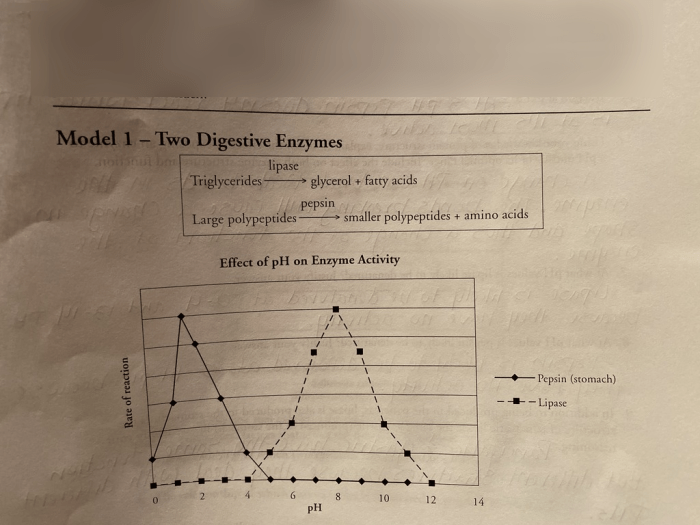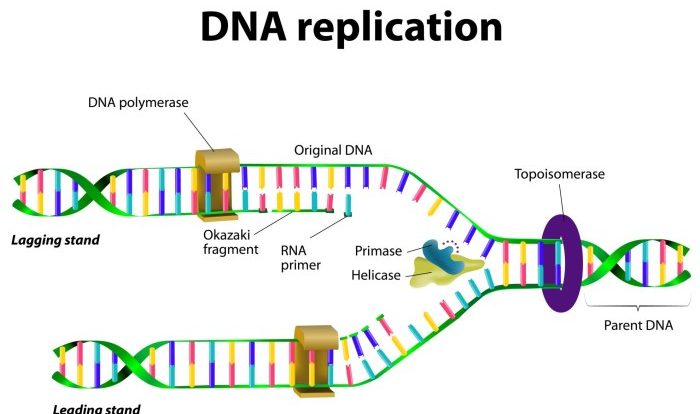The Circulatory System POGIL Answer Key stands as an invaluable resource for delving into the intricacies of the human circulatory system. This meticulously crafted guide unveils the fundamental components, functions, and intricate mechanisms that govern the flow of life within our bodies.
Within these pages, you will embark on a journey through the heart’s anatomy, unraveling the mysteries of its chambers, valves, and the rhythmic symphony of the cardiac cycle. The diverse types of blood vessels, from arteries to capillaries and veins, will reveal their specialized roles in maintaining blood pressure and ensuring the efficient delivery of oxygen and nutrients to every corner of the body.
1. Circulatory System Overview

The circulatory system is a complex network of organs and vessels that work together to transport blood throughout the body. Its primary functions include delivering oxygen and nutrients to tissues, removing waste products, and regulating body temperature.
The circulatory system consists of the heart, blood vessels, and blood. The heart is a muscular organ that pumps blood through the blood vessels. Blood vessels are classified into three types: arteries, capillaries, and veins. Arteries carry blood away from the heart, capillaries allow for the exchange of substances between blood and tissues, and veins carry blood back to the heart.
Blood flow is essential for the proper functioning of the body. It delivers oxygen and nutrients to cells and removes waste products. Blood flow is also involved in regulating body temperature and maintaining blood pressure.
2. Heart Structure and Function: The Circulatory System Pogil Answer Key

Anatomy of the Heart
The heart is a four-chambered organ located in the chest cavity. The chambers include the right atrium, right ventricle, left atrium, and left ventricle. The atria are the receiving chambers, while the ventricles are the pumping chambers.
The heart has four valves: the tricuspid valve, pulmonary valve, mitral valve, and aortic valve. These valves prevent backflow of blood and ensure that blood flows in the correct direction.
Cardiac Cycle
The cardiac cycle is the sequence of events that occur during one heartbeat. It consists of two phases: systole and diastole.
During systole, the ventricles contract and pump blood out of the heart. During diastole, the ventricles relax and fill with blood from the atria.
Regulation of Cardiac Function
The heart rate and cardiac output are regulated by the autonomic nervous system and hormones. The autonomic nervous system consists of the sympathetic and parasympathetic divisions.
The sympathetic division increases heart rate and cardiac output, while the parasympathetic division decreases heart rate and cardiac output.
3. Blood Vessels and Circulation
Types of Blood Vessels
Blood vessels are classified into three types based on their structure and function: arteries, capillaries, and veins.
- Arteriescarry oxygenated blood away from the heart to the tissues.
- Capillariesare the smallest blood vessels and allow for the exchange of substances between blood and tissues.
- Veinscarry deoxygenated blood back to the heart.
Blood Flow
Blood flow through the circulatory system is driven by the pumping action of the heart. Blood flows from the heart through the arteries, capillaries, and veins, and then back to the heart.
Blood flow is influenced by a number of factors, including blood pressure, heart rate, and the diameter of the blood vessels.
4. Blood Components and Functions
Blood is a complex fluid that consists of a variety of components, including red blood cells, white blood cells, platelets, and plasma.
Red Blood Cells
Red blood cells are the most abundant type of blood cell. They contain hemoglobin, a protein that binds to oxygen and transports it throughout the body.
White Blood Cells
White blood cells are part of the immune system and help to protect the body from infection.
Platelets, The circulatory system pogil answer key
Platelets are small cells that help to stop bleeding by forming clots.
Plasma
Plasma is the liquid component of blood and contains a variety of proteins, hormones, and other substances.
5. Regulation of Blood Pressure and Flow
Blood Pressure Regulation
Blood pressure is the force exerted by blood on the walls of blood vessels. It is regulated by a number of mechanisms, including baroreceptors and the renin-angiotensin-aldosterone system.
Baroreceptors are pressure-sensitive receptors located in the walls of blood vessels. When blood pressure increases, baroreceptors send signals to the brain, which then triggers a decrease in heart rate and blood vessel diameter.
The renin-angiotensin-aldosterone system is a hormonal system that helps to regulate blood pressure. When blood pressure decreases, the kidneys release renin, which triggers a cascade of events that leads to the release of aldosterone.
Aldosterone causes the kidneys to retain sodium and water, which increases blood volume and blood pressure.
Blood Flow Regulation
Blood flow to different tissues is regulated by a number of mechanisms, including the autonomic nervous system and hormones.
The autonomic nervous system can increase or decrease blood flow to different tissues by constricting or dilating blood vessels.
Hormones can also affect blood flow to different tissues. For example, adrenaline can increase blood flow to the muscles during exercise.
6. Disorders of the Circulatory System

Hypertension
Hypertension, or high blood pressure, is a condition in which blood pressure is abnormally high. It is a major risk factor for heart disease, stroke, and kidney disease.
Heart Disease
Heart disease is a general term for a number of conditions that affect the heart. These conditions include coronary artery disease, heart failure, and arrhythmias.
Stroke
A stroke occurs when the blood supply to the brain is interrupted. Strokes can be caused by a blood clot that blocks an artery in the brain or by a hemorrhage, which is a rupture of a blood vessel in the brain.
FAQ Insights
What is the function of the circulatory system?
The circulatory system is responsible for transporting blood throughout the body, delivering oxygen and nutrients to cells and removing waste products.
What are the main components of the circulatory system?
The main components of the circulatory system include the heart, blood vessels (arteries, capillaries, and veins), and blood.
How does the heart pump blood?
The heart pumps blood through a series of rhythmic contractions and relaxations, known as the cardiac cycle.
What are the different types of blood vessels?
The different types of blood vessels include arteries, capillaries, and veins. Arteries carry blood away from the heart, capillaries allow for the exchange of oxygen and nutrients between the blood and tissues, and veins carry blood back to the heart.
